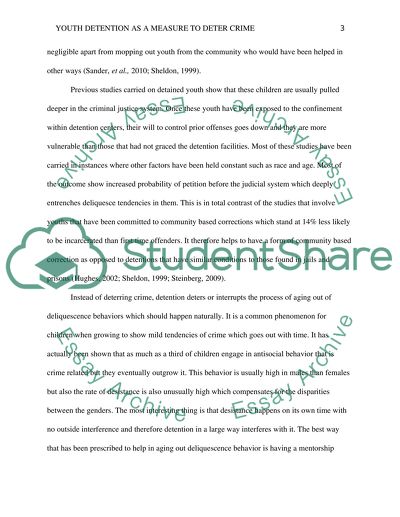Cite this document
(“Youth Detention as a Measure to Deter Crime Essay”, n.d.)
Youth Detention as a Measure to Deter Crime Essay. Retrieved from https://studentshare.org/english/1433055-unit7-assign
Youth Detention as a Measure to Deter Crime Essay. Retrieved from https://studentshare.org/english/1433055-unit7-assign
(Youth Detention As a Measure to Deter Crime Essay)
Youth Detention As a Measure to Deter Crime Essay. https://studentshare.org/english/1433055-unit7-assign.
Youth Detention As a Measure to Deter Crime Essay. https://studentshare.org/english/1433055-unit7-assign.
“Youth Detention As a Measure to Deter Crime Essay”, n.d. https://studentshare.org/english/1433055-unit7-assign.


